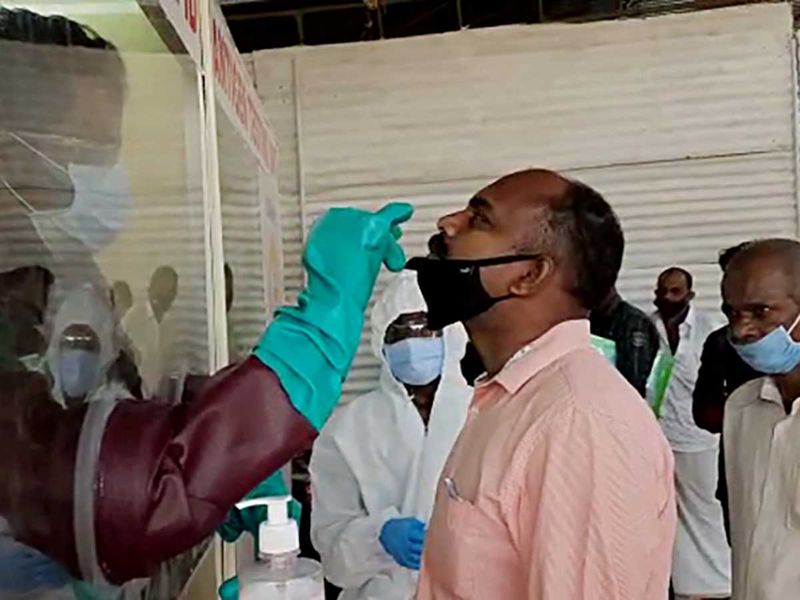Erumely (Kerala): Six months ago in May, the festival of Kerala’s many festivals – the Thrissur Pooram – passed without frills with no caparisoned elephants, colourful processions or thundering fireworks. In August, the famed boat races on the Punnamada lake were postponed, and the Onam festivities were also low key.
Adding to that mournful list, the Sabarimala pilgrimage has also begun on a sedate note with only a sprinkling of pilgrims in the early days of the pilgrimage that runs from mid-November to mid-January.
The drop in pilgrim numbers was anticipated in the COVID-19 backdrop, but few would have expected pilgrim numbers to fall so precipitously.
On Sunday, 5,254 more patients were added to those infected by Coronavirus, taking Kerala’s aggregate patient total to 562,695. On Sunday, 27 more patients died, taking the state’s toll to 2,049.
All set but few pilgrims
Traditionally the Travancore Devaswom Board makes advance preparations for the millions of pilgrims who visit the Sabarimala Ayyappa hill temple in Pathanamthitta district. This year, too, preparations had been made well in advance, with the sole restriction that only 2,000 pilgrims would be permitted per day.
That number is miniscule compared to the tens of thousands who would pour into the district from different parts of the country – mostly from southern states of Tamil Nadu, Karnataka, Andhra Pradesh and Telangana – besides pilgrims from Kerala. But in a surprise to the authorities, even the 2,000-ceiling was not breached in the first week of the pilgrimage.

Image Credit: ANI
Local media reported that only about 9,000 pilgrims visited Sabarimala in the first week of the peak pilgrimage season of Mandalam-Makaravilakku, as against roughly 300,000 who came in the first week last year.
Early indications are that roughly 40 per cent of pilgrims who made online bookings did not take up the pilgrimage.
Revenues hit
As pilgrim numbers have dwindled, so have the revenues of the Travancore Devaswom Board. Local media reported that in the first week, the revenue from offerings were only about Rs 1 million, compared to about Rs 35 million in the first week in normal years.
The revenue drop is crippling for the TDB, because the earnings from the Sabarimala Ayyappa temple are a key resource in its management of around 1,250 temples under it.
Fear of hurdles
Many pilgrims are cancelling their visit owing to restrictions of different types. On the Kerala-Tamil Nadu border at Kumily, Kerala authorities ask for e-passes, and pilgrims fear other hurdles in their path.
“Going on pilgrimage is to get peace of mind, but the numerous restrictions and conditions by the authorities are a turn-off. This year my family and I may not make the pilgrimage at all owing to all the confusing rules put out by the government and temple authorities,” U. Sankarankutty, a Kochi-based advertising professional and a regular pilgrim to the Ayyappa temple told Gulf News.
Some others said that they had lost interest in the pilgrimage ever since the issue of women’s entry into the temple cropped up and the pilgrimage itself got entangled in politicking.
Businesses hit
The steep fall in pilgrims – estimated at more than 97 per cent – has severely affected shops, lodgings, restaurants and various other businesses in Kottayam and Pathanamthitta districts, as well as wayside businesses all along the pilgrims’ routes throughout the state.
Until last year, the Sabarimala pilgrim route used to be lined with small-time businesses that catered to the pilgrims with offerings from pineapples and other local fruits to tea and coffee. Hardly any of them are visible this year as pilgrims appear to have given the visit a miss this year.

